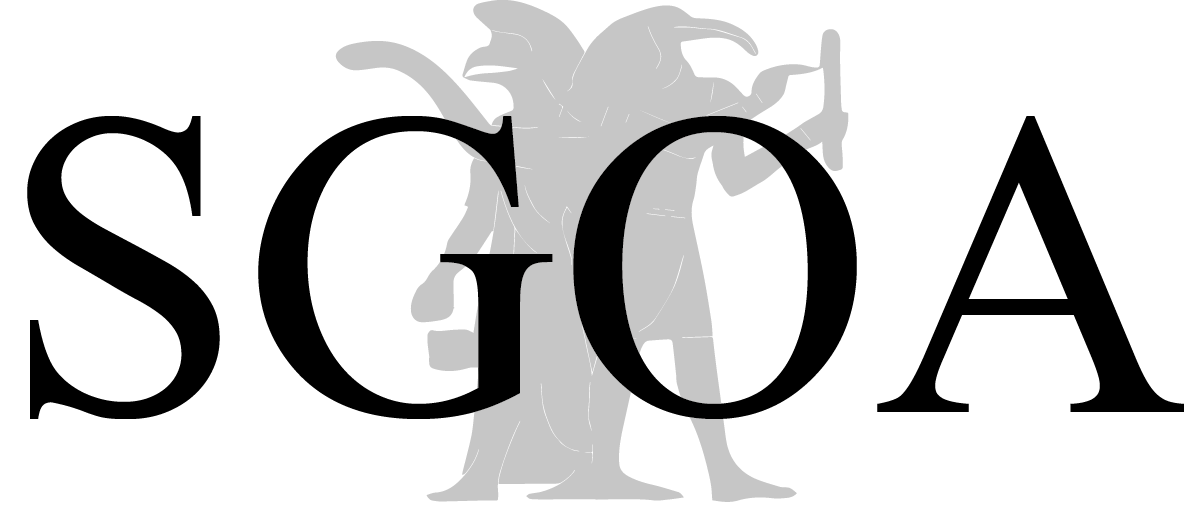OBO 273 – Margaret Jaques / Mon dieu qu’ai-je fait?
Les diĝir-šà-dab(5)-ba et la piété privée en Mésopotamie.
Avec une contribution de Daniel Schwemer.
Le corpus des prières pénitentielles au dieu personnel dont la signature est KA-inim-ma diĝir šà-dab(5)-ba gur-ru-da-kam “Formule incantatoire pour retourner le “cœur noué” du dieu”, nous donne un aperçu de ce qu’était la “piété privée” pour les habitants de Mésopotamie. Les témoins connus des prières diĝir šà-dab(5)-ba sumériennes, akkadiennes et bilingues sont édités ici en y intégrant les nouveaux textes. Trois prières hittites inspirées des diĝir šà-dab(5)-ba sont éditées par Daniel Schwemer dans un chapitre séparé.
Il existe de nombreux rituels mentionnant les diĝiršadaba comme ilī ul īdi “Mon dieu, je ne savais pas”, Bīt rimki,Šurpu, Šamaš-šum-ukin Dream Rituals, ainsi que les textes thérapeutiques de la série SA.GIG, les textes magiques et les textes divinatoires qui sont aussi édités et analysés ici.
Les aspects religieux, comme la piété personnelle et les explications du mal, mais aussi les aspects littéraires, comme l’emploi de métaphores caractéristiques, et enfin les aspects historiques, à savoir la transmission des textes religieux, ont été analysés systématiquement.
—
The corpus of penitential prayers to the personal god that bear the signature KA-inim-ma diĝir šà-dab(5)-ba gur-ru-da-kam “Incantation to return the ‘tied heart’ of the god” gives us an overview of how the inhabitants of Mesopotamia represented to themselves what we would call “private piety”. Focusing on this corpus, this book includes texts from the genre’s origin in Old Babylonian private devotion up to its use in official Assyrian kings’ rituals.
The Old Babylonian corpus consists of about 10 tablets in Sumerian that were excavated in various Mesopotamian cities. These tablets include only one prayer, addressed to the personal god. This prayer gives an idea of the wealth of metaphors used to talk about guilt, shame or sorrow. Identical metaphors appear in other similar literary texts and letters.
The texts of the Assyrian corpus are either bilinguals (Akkadian and Sumerian) or purely Akkadian. Most of them were discovered in Assurbanipal’s library in Niniveh. The Akkadian texts consist of a corpus of prayers in which the Old Babylonian prayer is the fifth one. This prayer derived directly from the ancient Sumerian diĝir šà-dab(5)-ba and was incorporated into official royal rituals, where it took on the character of an “incantation-prayer”. The other prayers of the corpus are found in different rituals like Bīt rimki, Šurpu, Šamaš-šum-ukin Dream Rituals, and therapeutic texts of the SA.GIG series, magical texts and omen texts. The prayers were first published in 1974, but without the rituals. However, prayers and rituals should be analysed both individually and as a whole, while considering their connexions and differences.
The corpus of Hittite prayers to the Sun God from 13th century Anatolia, embodies isolated clauses borrowed from the Sumerian diĝir šà-dab(5)-ba. The research published here considers the migration of these sentences from the Sumerian corpus to the Hittite texts, and analyses their use and interpretations in the new context. The Hittite texts are published by Daniel Schwemer in a separate chapter.
The whole corpus is important for religious studies. First, it provides insight into private devotion in Mesopotamia, still a very little known topic. Second, the problem of evil is treated, its causes and its deflection or palliation. Naturally, evil is a source of emotions and the way these emotions are expressed in prayers has to be considered in comparison with other kinds of expressions in Mesopotamian culture. Finally, the way a text changes while traveling from one place to another and from one period to another has to be analysed. Study of this corpus illustrates how both historical and synthetic analyses can interact and support each other in order to enhance our understanding of religion in the ancient Near East.
Margaret Jaques (*1960) a étudié l’histoire des religions et la philologie du Proche-Orient ancien et des langues sémitiques (avec comme domaine principal l’hébreu) à l’Université de Genève. Etudes doctorales en Assyriologie à Genève, Munich et Philadelphie. En 1999, doctorat à l’Université de Genève. En 2011, habilitation en Histoire comparée des religions du Proche-Orient ancien à l’Université de Zurich, depuis privat-docent ibidem.
2015, pages XIV-463,
ISBN 978-3-7278-1770-0
Order book
Peeters Publishers
Download full text
ZORA (Zurich Open Repository and Archive)
